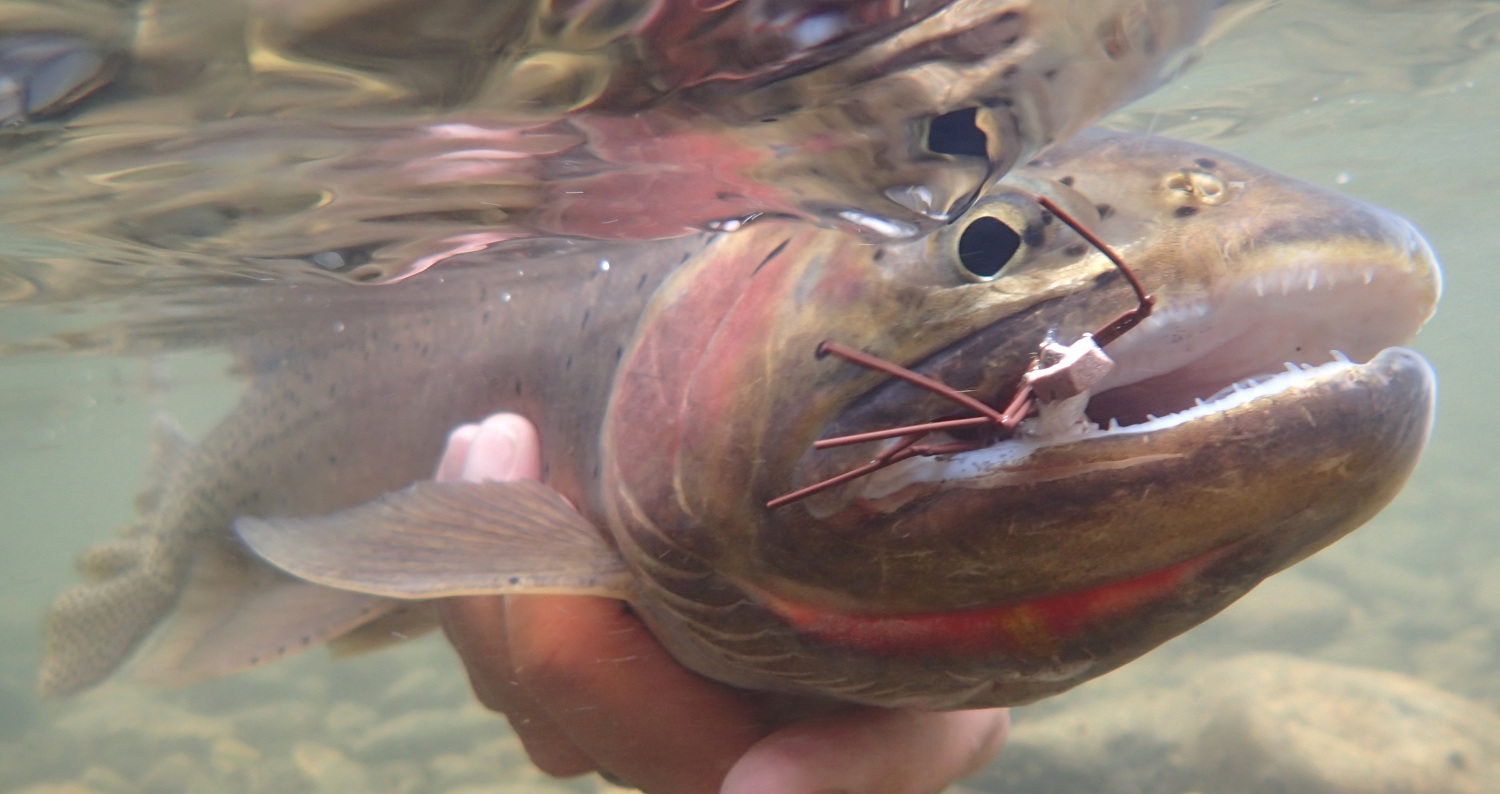

Find More Places to Fish by Understanding Streamflows
For anglers wanting more from their fishing, a thorough knowledge of streamflows is crucial. Whether flows are rising, dropping, or holding steady fish swimming in those waters react differently to each scenario. In the past, learning a river's real-time streamflow meant arduous research. With onWater finding accurate streamflow data is a snap...but then how do you learn what is the ideal streamflow?
10,000, 825, 250. Can you guess why these numbers matter? Understanding streamflows and CFS charts allow you to go with the flow and have an enjoyable fly fishing trip. Need a hint? These are streamflow volumes from CFS charts for three well-known trout streams across the country. CFS, aka Cubic Feet Per Second, is as important to anglers and river users as fish species, shuttle companies, and local fly shops.
Nearly every river in the country has a federal, state, or private streamflow gauging station. Our detailed hand-curated maps provide real-time streamflow data for thousands of river miles across the country. Here are some tips to understand streamflows and CFS charts.
Understanding CFS charts and streamflows
Reading a flow chart is like reading your average line graph. The higher the line rises, the higher the water volume flowing downstream. The key is taking that information and applying it to your fishing situation. On the Madison River in Montana or Delaware River in New York, 1,000 CFS might be ideal, but it would be a blowout on Colorado’s South Platte River.
Whether a river is freestone or a tailwater, the amount of water flowing through its course can change by the day, hour, or minute. The volume of water flowing downstream often determines if fish can actively feed, stay in holding lies, or must hang-out in deep pools or in slow eddies. At onWater and across the country, many anglers call this fishability.
The volume of water—whether a lot or a little—also dictates if it is safe to float or wade. To ensure you return safely from your fishing, most local users and fly shops cling to a top-range flow volume. When a river rises above this volume, it may be considered unsafe to float or wade. A few rivers also have a low-range flow volume as well. This can be relevant on rivers with rapids or obstructions that become dangerous or impassable at lower flows.
If you are ever unsure of safe or fishable flows on any local river, consult your local fly shop or river adventure store. Local knowledge and experience are crucial to ensure you return home safely and create memories along the way. And it all starts with understanding streamflow CFS charts.

Now…curious about the numbers above?
10,000 CFS on the Yellowstone River is often the accepted top-range flow that very experienced river users may consider for it to have fishability. If you’re thinking of fishing the Yellowstone River and see river levels around 10,000 CFS then contact a local fly shop and inquire.
825 CFS on the Delaware River is ideal for both safe floating and wading. As flows increase on the Delaware River, wading becomes more difficult, but floating becomes a little easier as the increase in volume means less shallow water to navigate. Like any river, inquire at your local fly shop or river adventure shop before heading out.
250 CFS on Montana’s Smith River is acknowledged as the level at which rafts have a difficult time floating through many of the rivers long, shallow runs. At this level the river is safe but floating the Smith River requires several overnight camping stays, so a raft loaded with camping gear will run aground often at flows at 250 CFS and lower.

Always inquire locally
When in doubt about what flows are considered safe for floating, wading, and fishing, inquire a local fly shop or river adventure store. These business have staff that are often fishing and exploring when they are not in the shop helping customers. By understanding streamflows and CFS charts you can ensure you are able to go with the flow and enjoy a day on the water safely and effectively…you might even discover something special like the world’s most gnarly boat ramp.
To get the real-time streamflows and hand-curated maps for your local, and not-so-local, waters, download the onWater app today online or on the App Store or Google Play.
Discover More Ways to Fish Smarter
Be sure to read onWater fishing blog posts to plan better and fish smarter.
How to Find Rivers Near You for Fishing
Five Keys to Planning Your Next Do It Yourself Fishing Trip and How to Make it Your Best One Yet
Three Reasons to Love Your Local Fly Shop



